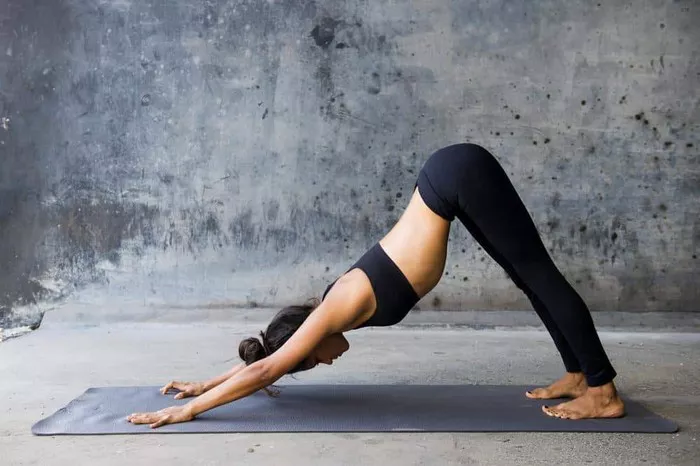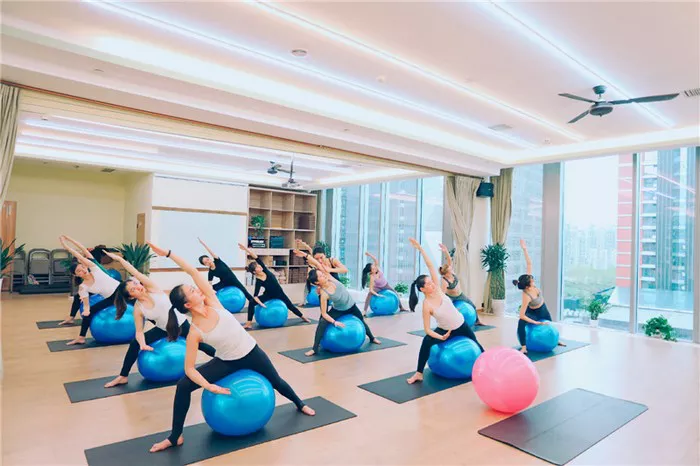In a fast-paced world where stress and tension seem to be the norm, finding ways to cultivate inner peace and holistic well-being is increasingly crucial. Upa Yoga, a form of yoga designed by Sadhguru, the founder of the Isha Foundation, offers a comprehensive approach to enhancing physical health, mental clarity, and emotional balance. In this article, we delve into the essence of Upa Yoga, its key principles, practices, and the myriad benefits it brings to individuals seeking harmony and vitality in their lives.
Understanding Upa Yoga:
Derived from the Sanskrit word “Upa,” meaning sub or pre, Upa Yoga focuses on preparing the body and mind for higher levels of yoga practice. It serves as a precursor to more advanced forms of yoga, making it accessible to beginners and seasoned practitioners alike. Unlike some other forms of yoga that require intricate postures and rigorous routines, Upa Yoga emphasizes simplicity and efficiency, making it suitable for people of all ages and fitness levels.
Key Principles of Upa Yoga:
At the core of Upa Yoga are several fundamental principles aimed at promoting overall well-being:
1. Awareness: Upa Yoga encourages practitioners to cultivate awareness of their body, breath, and mental processes. By paying attention to these aspects, individuals can develop a deeper understanding of themselves and their inner workings.
2. Alignment: Proper alignment of the body is essential for optimal physical health and energy flow. Upa Yoga teaches alignment techniques that help prevent injuries, improve posture, and enhance the functioning of various bodily systems.
3. Breath Awareness: The breath is a powerful tool for calming the mind and rejuvenating the body. Upa Yoga incorporates simple breathing exercises (pranayama) that promote relaxation, clarity, and vitality.
4. Energetic Balance: According to yoga philosophy, the human body consists of energy centers known as chakras. Upa Yoga seeks to balance these energy centers through specific practices, thereby promoting harmony and vitality.
See Also: What Is Sahaja Yoga
Practices of Upa Yoga:
Upa Yoga comprises a series of simple yet effective practices that can be easily incorporated into daily life. Some of the primary practices include:
1. Upa Yoga Asanas: These are gentle physical postures designed to improve flexibility, strength, and overall body awareness. Unlike more advanced yoga asanas, Upa Yoga poses are straightforward and can be performed by anyone, regardless of fitness level.
2. Upa Yoga Kriyas: Kriyas are cleansing practices that help purify the body and mind. Upa Yoga includes several kriyas aimed at detoxifying the system, enhancing digestion, and boosting immunity.
3. Upa Yoga Mudras: Mudras are hand gestures that facilitate the flow of energy in the body. Upa Yoga incorporates simple mudras that can be practiced while sitting, standing, or lying down, offering immediate benefits such as stress relief and mental clarity.
4. Upa Yoga Meditation: Meditation is a cornerstone of Upa Yoga, providing practitioners with a means to quiet the mind, increase self-awareness, and experience inner peace. Upa Yoga meditation techniques range from simple breath awareness to guided visualizations, catering to individuals with varying levels of experience.
Benefits of Upa Yoga:
The regular practice of Upa Yoga yields a wide range of benefits for both the body and mind. Some of the notable benefits include:
1. Improved Flexibility and Strength: Upa Yoga asanas help increase flexibility and strengthen the muscles, joints, and ligaments, thereby reducing the risk of injury and enhancing overall physical fitness.
2. Stress Reduction: The breath-awareness and relaxation techniques taught in Upa Yoga are highly effective in reducing stress, anxiety, and tension, promoting a sense of calm and well-being.
3. Enhanced Mental Clarity: Upa Yoga practices sharpen the mind, improve concentration, and enhance cognitive function, enabling practitioners to think more clearly and make better decisions.
4. Better Digestion and Detoxification: The kriyas and mudras of Upa Yoga stimulate the digestive organs, promote detoxification, and improve the assimilation of nutrients, leading to better overall health and vitality.
5. Emotional Balance: Upa Yoga fosters emotional resilience and stability, helping individuals manage their emotions more effectively and cultivate a greater sense of inner peace and contentment.
6. Increased Energy Levels: By balancing the body’s energy centers and promoting optimal energy flow, Upa Yoga boosts vitality and stamina, allowing practitioners to feel more energized and alert throughout the day.
Conclusion
In a world filled with distractions and demands, Upa Yoga offers a sanctuary of peace and vitality. Its simple yet profound practices empower individuals to cultivate physical health, mental clarity, and emotional balance, ultimately leading to a more fulfilling and harmonious life. Whether you’re a beginner looking to embark on your yoga journey or a seasoned practitioner seeking to deepen your practice, Upa Yoga provides a pathway to holistic well-being that is accessible, effective, and transformative.
























